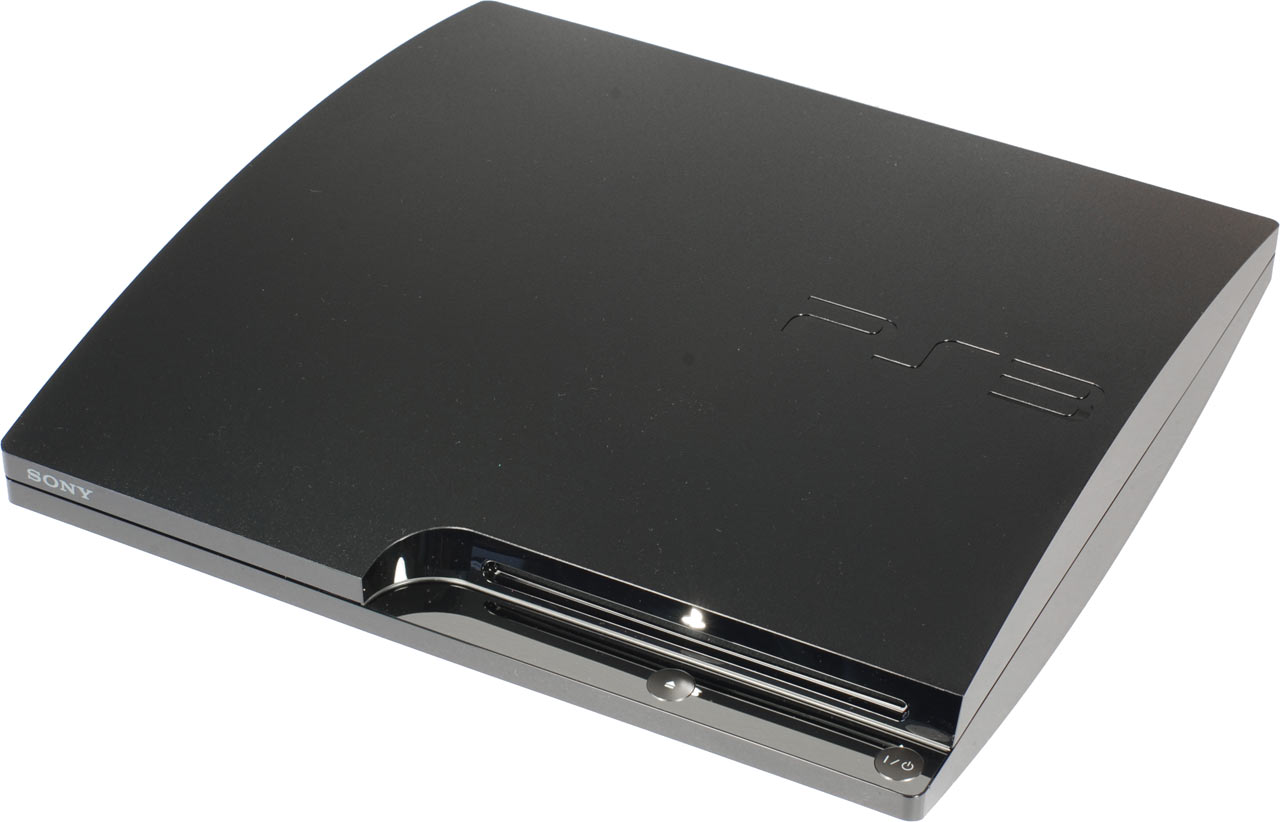Do It Yourself: More Storage For Your PlayStation 3
The latest PlayStation 3 Slim offers up to 250 GB of storage on its built-in hard drive. But enthusiasts are better off paying Sony less for a cheaper model and upgrading immediately to a larger hard drive. We show you how in four simple steps.
Sony’s PlayStation 3 Slim
We used a new PlayStation 3 Slim 250 GB with software version 3.30, the latest update as of this writing. While earlier firmware versions allowed users to install a Linux distribution, this is no longer possible on firmware newer than 3.15. PlayStation 2 software is also no longer workable since late 2007, and the integrated card reader was dropped, as well. You now have to buy the reader separately (thanks for that, Sony).

The PlayStation 3 Slim is based on a 45 nm version of IBM's 64-bit Cell processor, which was designed to render graphics and decode video data. Cell is based on eight "Synergistic Processing Elements" (SPEs), together with a "PowerPC Processing Element" (PPE). Memory, bus, and interface are shared. For the PS3, the 3.2 GHz Cell processor was specified to run only seven SPE, most likely to increase production yields. Nvidia’s RSX 550, based on the NV47 (GeForce 7800), takes care of graphics, using an efficient 45 nm process compared to older 65 and 90 nm parts. Thanks to these evolutionary manufacturing updates, the PlayStation 3 Slim now uses only half the power of the initial PS3, stays below 100W, and is much quieter.
The box comes with gigabit Ethernet and wireless networking interfaces, Bluetooth (for the Dual Shock 3 controllers), and two USB 2.0 ports. That’s really not much connectivity when you have to run a slew of services and devices, including system backups, external storage devices, the PlayStation Eye camera, the PlayTV DVB-T tuner, and Sing Star microphones. Fortunately, you'll find wireless versions of many peripherals available.
While the console is no longer unreasonably expensive, we remain disappointed in its accessory bundle. Sony only includes a composite video cable with RCA audio connectors—not quite what you’d expect on a modern Blu-ray player. If you want to do it right, go for the HDMI port and/or use the digital audio output to link the console to your surround stereo.
Stay On the Cutting Edge: Get the Tom's Hardware Newsletter
Get Tom's Hardware's best news and in-depth reviews, straight to your inbox.
Current page: Sony’s PlayStation 3 Slim
Prev Page Turning The PlayStation Into A Media Repository Next Page To Do List For Your Hard Drive Upgrade